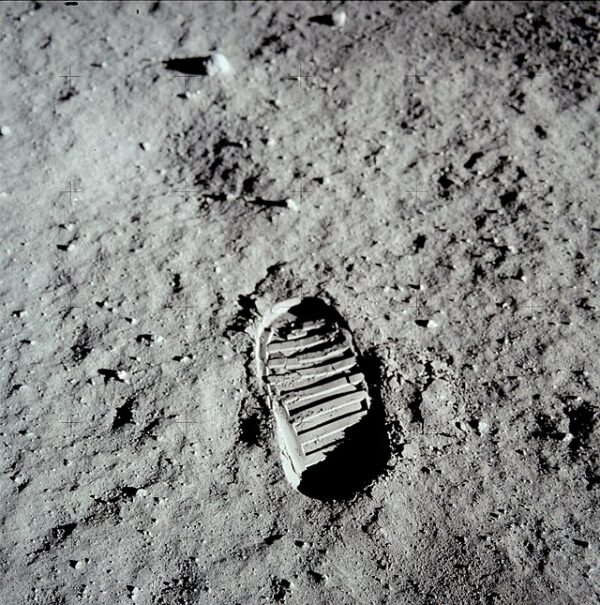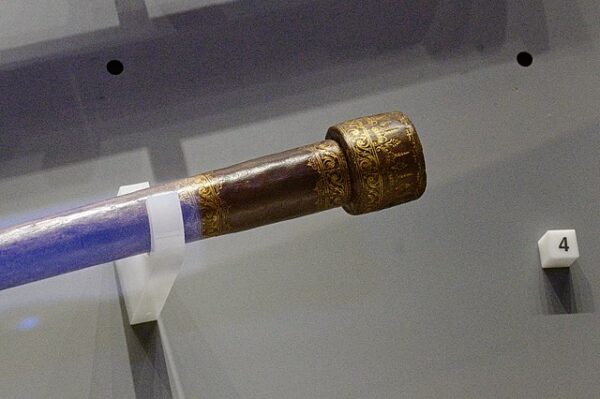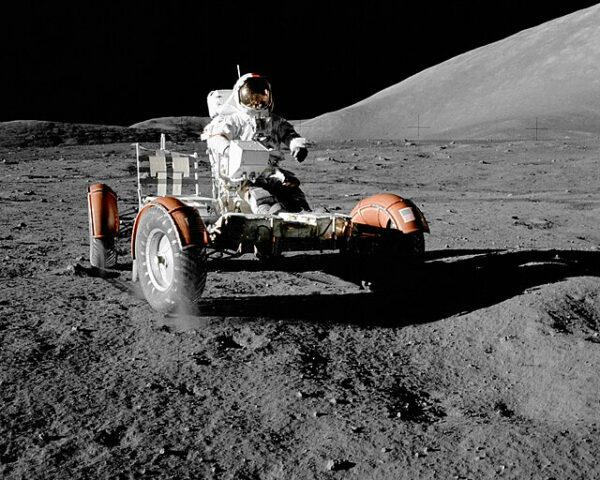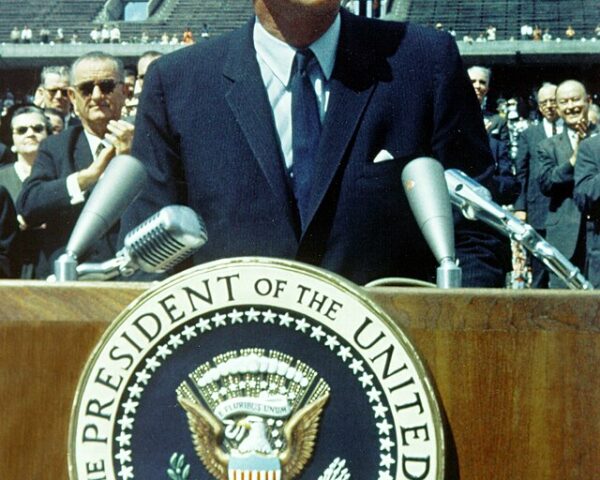The world was watching their television sets all at the same time on July 20, 1960.
A man was standing on the Moon.
The Apollo 11 mission was the culmination of a decade-long space race between the United States and the Soviet Union. After the Soviet Union successfully launched Sputnik, the first artificial satellite, in 1957, the United States was determined to catch up and surpass Soviet achievements in space. This ambition was famously articulated by President John F. Kennedy in a speech to Congress in 1961, where he declared the goal of landing a man on the Moon and returning him safely to Earth before the end of the decade.
The Apollo program faced numerous challenges and setbacks, including the tragic Apollo 1 fire in 1967 that claimed the lives of three astronauts. However, NASA’s engineers and scientists persevered, developing the necessary technologies and procedures to ensure a successful lunar landing. The Saturn V rocket, the most powerful rocket ever built, was a critical component of this effort. Standing 363 feet tall and capable of generating 7.6 million pounds of thrust, the Saturn V was instrumental in propelling the Apollo missions to the Moon.
Apollo 11 was launched from Kennedy Space Center in Florida on July 16, 1969. The crew consisted of three astronauts: Neil Armstrong, the mission commander; Edwin “Buzz” Aldrin, the lunar module pilot; and Michael Collins, the command module pilot. After a three-day journey through space, the spacecraft entered lunar orbit on July 19.
On July 20, the lunar module, named Eagle, separated from the command module, Columbia, and began its descent to the lunar surface. Armstrong and Aldrin piloted the Eagle with precision, overcoming computer alarms and navigational challenges. At 20:17 UTC, Armstrong reported, “Houston, Tranquility Base here. The Eagle has landed.” The lunar module had touched down in the Sea of Tranquility, a flat and relatively smooth area on the Moon.
Several hours later, at 02:56 UTC on July 21, Neil Armstrong descended the ladder of the lunar module and set foot on the Moon, famously declaring, “That’s one small step for man, one giant leap for mankind.” These words, broadcast live to an estimated 600 million people around the world, symbolized the extraordinary achievement of human space exploration. Buzz Aldrin joined Armstrong on the lunar surface shortly afterward, and together they conducted experiments, collected samples, and took photographs. They spent about two and a half hours exploring the lunar landscape, leaving behind an American flag, a plaque commemorating the mission, and scientific instruments to gather data about the Moon’s environment.
Meanwhile, Michael Collins orbited the Moon in the command module, maintaining contact with Mission Control and ensuring a safe return for his crewmates. After 21 hours and 36 minutes on the lunar surface, Armstrong and Aldrin lifted off in the ascent stage of the Eagle to rejoin Collins in lunar orbit. The lunar module successfully docked with the command module, and the crew began their journey back to Earth.
On July 24, 1969, Apollo 11 splashed down in the Pacific Ocean, and the astronauts were recovered by the USS Hornet. The astronauts were greeted as heroes upon their return. The Apollo 11 Moon landing continues to inspire generations of scientists, engineers, and explorers, representing a defining moment in human history and testifying to humanity’s ability to overcome challenges and reach for the stars.






